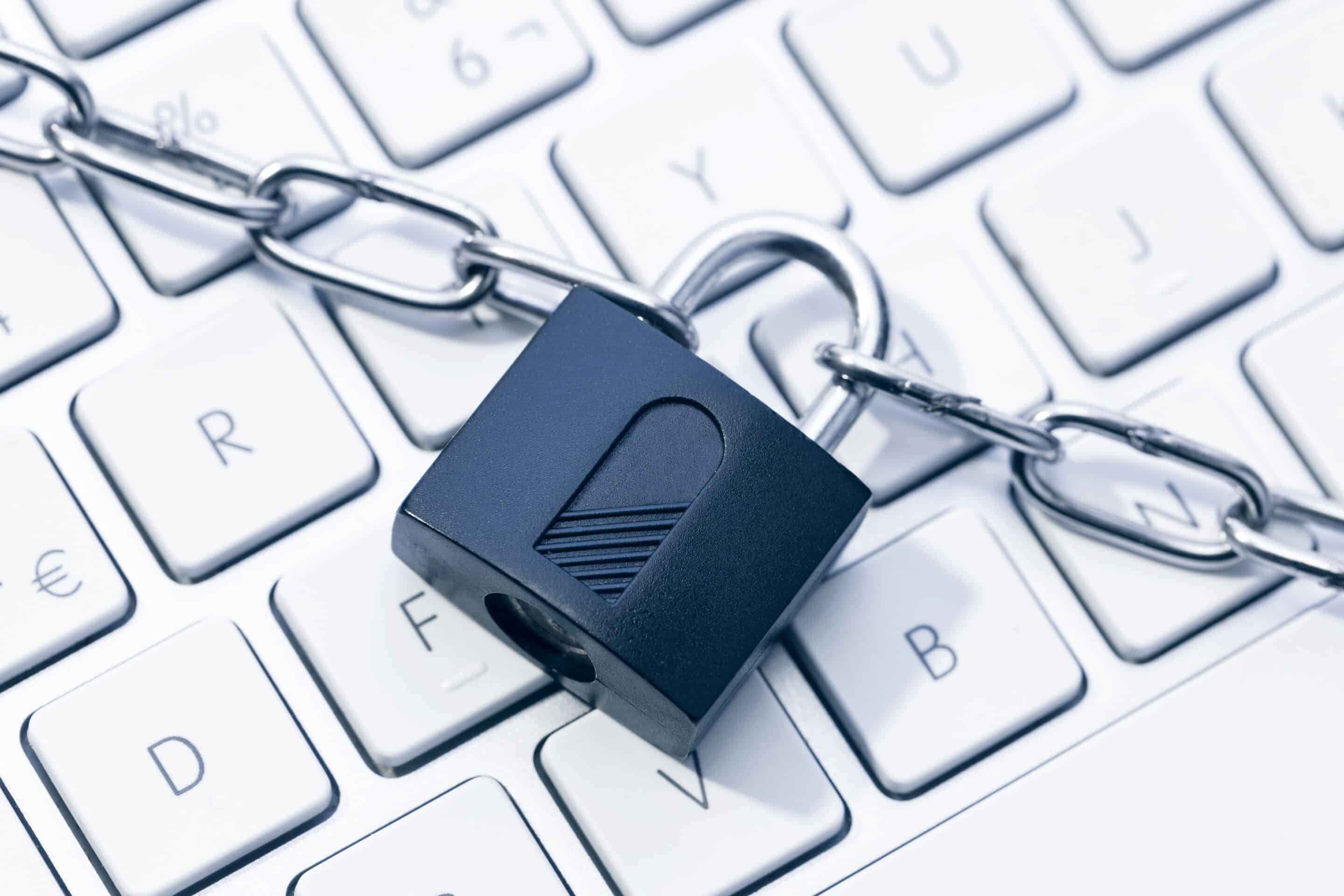As of February 2023, around 5.16 billion users worldwide use the PC to complete their daily tasks; whether it’s for seeking information or simply connecting with others from across the world. Since we rely heavily on the internet, hackers are constantly implementing tactics to gain our personal information for their own use.
Safer Internet Day aims to empower users to use the internet safely and responsibly. In celebration of today, we asked Azulle’s IT Manager, Victor Genao, his top tips for cybersecurity. Let’s get started!
Tip #1 – Avoid clicking on suspicious links.
It’s always important not to click on links you’re unaware of due to the potentiality of being involved in a cyber-attack. You can find suspicious links on web pages, social media platforms, or even within an email. Often, hackers will disguise themselves as recognizable companies containing your personal information, such as banking firms and online payment companies. They do this because some users won’t think twice about clicking a link if it’s coming from a brand they trust. If you fall into this trap, hackers can access your computer and install malicious software on it. You can avoid this by hovering over the link to ensure both links match.
Tip #2 – Always use legitimate software.
Using illegitimate software falls under software piracy, which is a cybercrime. This can result in receiving a hefty fine, or even worse, jail time. You also put your PC at risk of a malware attack resulting in hackers taking control of your computer, monitoring your actions, and sending confidential information to their server. Avoid the risk of software piracy by purchasing programs from trusted vendors and avoiding vendors that offer steep pricing.
Tip #3 – Don’t use the same password for everything.
Using the same password for every account you own is like using the same key to unlock any door you use. If someone gets ahold of the key, every door is vulnerable to unsolicited access. The same goes for your digital life. If a hacker obtains one password, they can easily log in to any other platform that contains the same password. Once they log in, your personal information becomes theirs, and they can go as far as blocking you from ever having access to your account again. You can decrease this risk by creating a long and complex password for each account you own, such as “Chrisjumpedoverthelake2!”.
Tip #4 – Use the multi-factor authentication step whenever possible.
Also known as two-factor authentication, this is an electronic authentication method that provides extra security requirements in order to access your account. Even if a hacker gains access to your password, if they don’t have access to your phone number, email address, or any other verification method associated with your account, they won’t be able to access your account. Most sites offer a multi-factor authentication system, but if they don’t, third parties like Google Authenticator and Microsoft Authenticator are great substitutes. These methods provide you with a time-based, one-time code to use for logging in after every use. This extra layer of protection will decrease the chances of your account being compromised.
Tip #5 – Don’t download attachments you’re unaware of.
It’s always best to take precautions when deciding whether or not to open up an attachment. This includes email attachments, website files, instant messaging files, and other files available to download directly from the internet. “In most cases, hackers will disguise files like trojans containing malware and other types of viruses in the form of PDFs, JPEGs” explained Victor. This is why you must always double-check who the sender is and the content contained within the email before downloading any attachments.
Tip #6 – Only use secure websites.
Using an encrypted site is a safer bet than using unencrypted websites because any personal information entered gets sent between the browser and web service only. This makes it harder for hackers to steal your information because they will have to spend more time decrypting information from an encrypted site versus one that isn’t. A great way to determine whether your website is secure or not is by looking at the beginning of a URL. “If the website says HTTP, it’s not a secure site. Secure sites will normally start with HTTPS.”
Tip #7 – Don’t forget to go outside.
Though this tip may not directly be related to internet safety, spending time outdoors and interacting in the real world is really important. Friendly reminder to take a break 😊
In the world we’re living in today, internet safety will continue to remain a concern. As the internet continues to evolve and as hackers continue inventing new methods, discovering new ways to stay safe on the internet will be essential to your safety. Our tech support will continue to make an effort to keep users and businesses informed about the ever-changing web.
Know of an internet tip that we may have missed? Help your fellow Azullians out, and submit a comment below to help spread awareness!






